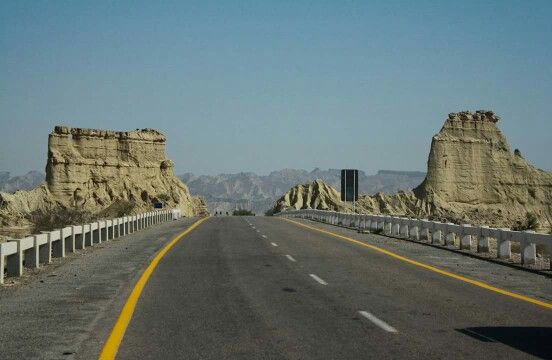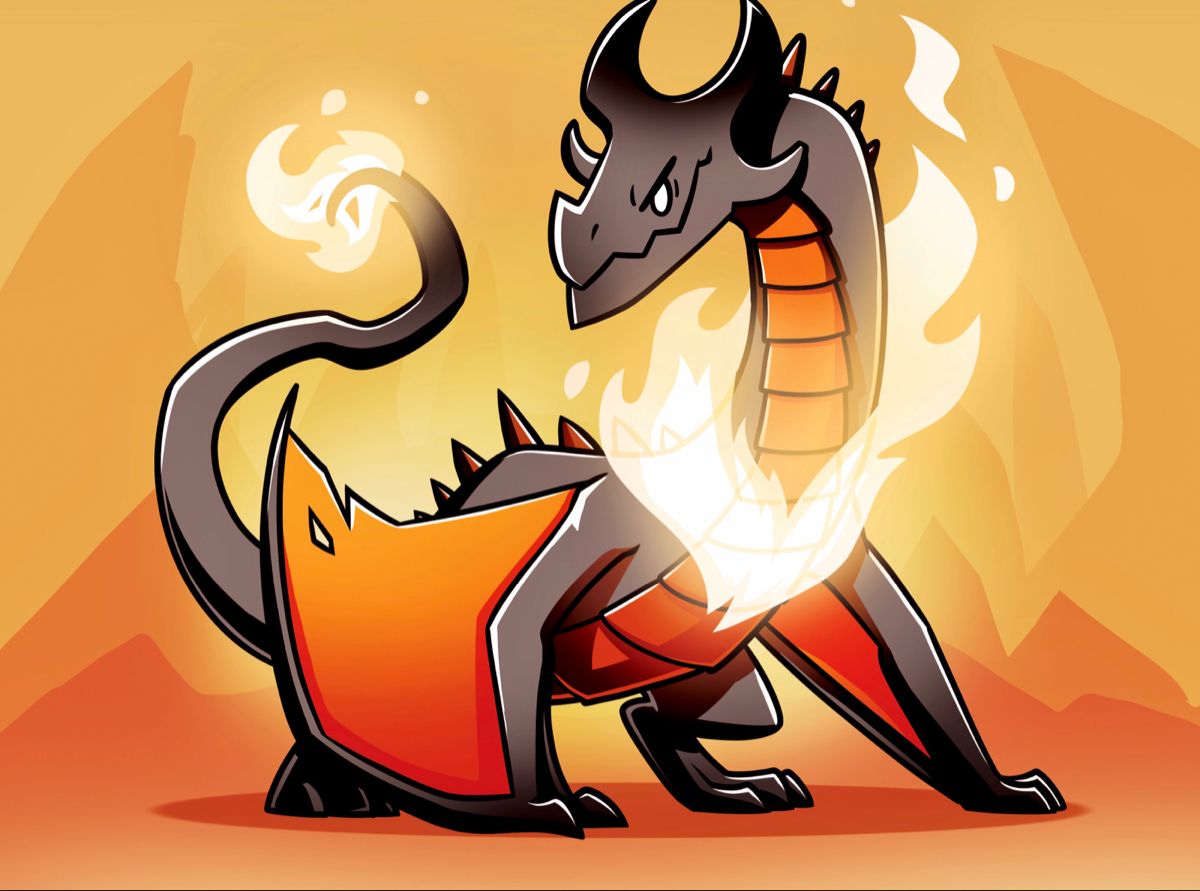Mount Everest, the tallest peak on Earth, is a place of both awe and tragedy. For climbers, it represents the ultimate challenge, the summit that crowns their mountaineering dreams. But beneath the triumphs lie countless stories of hardship, struggle, and loss. One of the most haunting stories associated with Everest is that of “Sleeping Beauty Face”—a tragic yet almost poetic name given to a climber who perished on the mountain and whose serene appearance left an indelible mark on those who passed by.
The term “Everest Sleeping Beauty Face” has become a chilling part of mountaineering folklore, symbolizing both the dangers of the mountain and the fragile beauty of human life in the harshest conditions.
The Origins of “Sleeping Beauty Face”
The phrase Sleeping Beauty Face refers to the tragic case of Francys Arsentiev, an American climber who, in 1998, became the first U.S. woman to reach the summit of Mount Everest without supplemental oxygen. While her achievement was extraordinary, the descent turned fatal. She and her husband, Sergei Arsentiev, faced immense difficulties, including exhaustion, frostbite, and lack of oxygen. Francys never made it back down alive.
What made her story particularly unforgettable was the way her body remained preserved by Everest’s freezing temperatures. Unlike many climbers who died in violent or twisted postures, Francys’s face appeared calm, almost as if she were peacefully sleeping. Climbers who passed her body began calling her the Sleeping Beauty of Everest. Her pale face, framed by frozen features, contrasted with the brutal environment, giving the eerie illusion that she was simply resting.
Why the Name Resonates
The name Sleeping Beauty Face evokes a mix of emotions. It is tragic because it reminds us of a climber who died in pursuit of a dream, yet it is also strangely peaceful because of the way she appeared. The story taps into both myth and human vulnerability:
- Mythological Allusion: The name draws parallels with the fairy tale of Sleeping Beauty, where the heroine lies in eternal slumber. On Everest, however, there is no awakening—only the eternal stillness of ice and snow.
- Symbol of Beauty and Fragility: In a place dominated by jagged rocks, blizzards, and deathly silence, the sight of a calm, serene face feels otherworldly.
- Reminder of Mortality: Every climber who saw her was confronted with the thin line between success and tragedy on the mountain.
The “Sleeping Beauty Face” has since become one of the most haunting symbols in Everest’s history.
Everest: The Mountain That Preserves
One reason stories like Francys Arsentiev’s linger is because Everest is, in many ways, a natural tomb. The extreme cold, low oxygen, and constant snow preserve bodies for decades. Over 300 climbers are believed to have died on Everest, and many remain on the slopes where they fell. Their presence serves both as grim landmarks and warnings to future climbers.
Unlike most graveyards where time erases physical evidence, Everest keeps its tragedies frozen in time. The Sleeping Beauty Face remains part of that stark reminder: the mountain gives no guarantees, no matter how skilled or determined a climber may be.
The Last Climb of Francys Arsentiev
To truly understand the story of the Everest Sleeping Beauty Face, it is important to revisit the details of Francys Arsentiev’s final climb:
- Summit Without Oxygen
Francys and Sergei attempted Everest without supplemental oxygen—an extraordinary and risky feat. After multiple attempts and delays due to weather, Francys finally reached the summit on May 22, 1998. She became the first American woman to do so without oxygen, an achievement that should have cemented her place in mountaineering history. - The Descent into Disaster
Unfortunately, the descent is often more dangerous than the climb. Exhaustion set in, and the couple became separated in the chaos of altitude sickness and freezing temperatures. Francys suffered from frostbite, severe weakness, and disorientation. - Unsuccessful Rescue Attempts
Several climbers, including a team of Uzbek mountaineers, encountered her on the mountain. They tried to assist her but were too exhausted themselves to carry her down. On Everest, even the strongest climbers are operating at the limits of human survival. - Her Final Moments
Francys was left behind at an altitude known as the death zone—above 8,000 meters, where the human body cannot survive for long. Her husband Sergei attempted to rescue her, but he too perished. Francys was later found lying on her back, her face exposed, her features hauntingly calm.
This image became the lasting memory of the “Sleeping Beauty Face.”
Ethical Dilemmas on Everest
One of the most difficult aspects of the Sleeping Beauty Face story is the moral dilemma it highlights. On Everest, climbers often face an impossible choice: save themselves or attempt to rescue another in conditions where every step could mean their own death.
Passing by Francys was not an act of cruelty by fellow climbers—it was survival. Carrying a near-unconscious person down from above 8,000 meters is nearly impossible. The mountain strips away human ability to help, forcing climbers into decisions they would never consider in ordinary life.
The Sleeping Beauty Face reminds us of these ethical limits: in the death zone, compassion and survival are at war.
Recovery and Final Rest
For years, climbers passed the Sleeping Beauty Face on their way to the summit. Her preserved body, lying in its haunting stillness, became part of Everest’s grim landscape. It wasn’t until 2007—almost a decade later—that efforts were made to move her remains. A climber named Ian Woodall, who had been part of her expedition, organized a recovery mission called “The Tao of Everest.” He and a team carefully lowered her body off the mountain, giving her a final rest away from public view.
The removal was seen as an act of respect and closure, allowing Francys’s story to be remembered not just as a frozen landmark but as a life lived with ambition and courage.
Lessons from the Sleeping Beauty Face
The legend of the Everest Sleeping Beauty Face holds several important lessons for climbers, adventurers, and even those of us who will never step foot on the mountain:
- Respect the Mountain
Everest is not merely a peak to conquer. It is an unforgiving environment where one mistake, one miscalculation, can cost a life. - The Value of Preparedness
Climbing without supplemental oxygen magnifies risks exponentially. The story of Francys Arsentiev underscores the importance of knowing personal limits. - Human Stories Matter
Behind every “frozen body” on Everest is a person with dreams, family, and courage. The Sleeping Beauty Face is not just a landmark but a reminder of human vulnerability. - Balance of Ambition and Safety
Reaching the summit should never come at the cost of returning alive. Climbers often say: “Getting to the top is optional; getting down is mandatory.”
Everest’s Haunting Legends
The Sleeping Beauty Face is only one of Everest’s haunting tales. Others include:
- Green Boots, an unidentified climber whose body lies in a limestone cave, serving as a landmark for those ascending.
- Rainbow Valley, an area scattered with bodies still clad in brightly colored climbing gear.
- David Sharp, a British climber whose death in 2006 reignited debates about rescue ethics on Everest.
These stories weave together into a tapestry of triumph and tragedy, making Everest not just a mountain but a living museum of human ambition and sacrifice.
Conclusion
The story of the Everest Sleeping Beauty Face is one of the most poignant legends of mountaineering. Francys Arsentiev’s calm, frozen expression captured the fragility of life against the immense power of nature. Her serene appearance earned her a hauntingly beautiful nickname, but behind it lies the stark reality of Everest’s danger.









